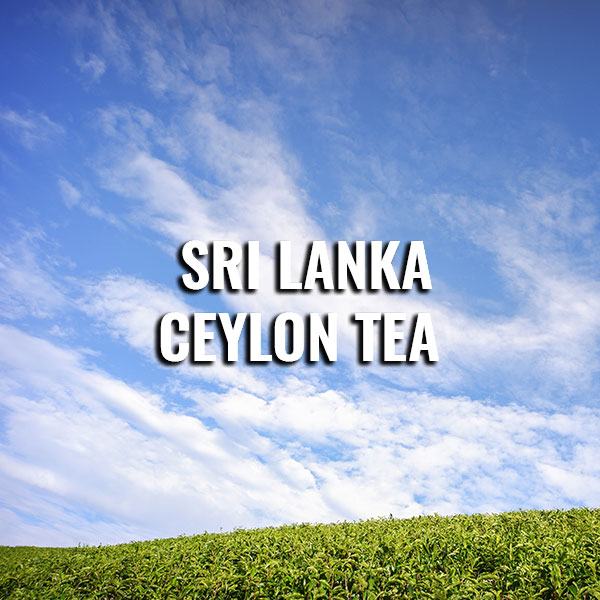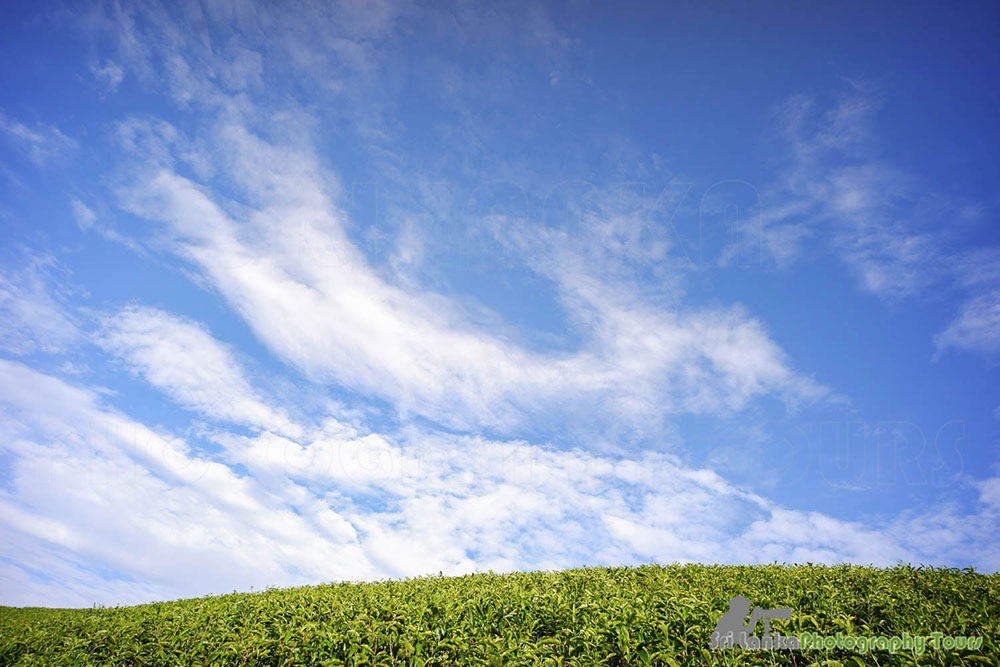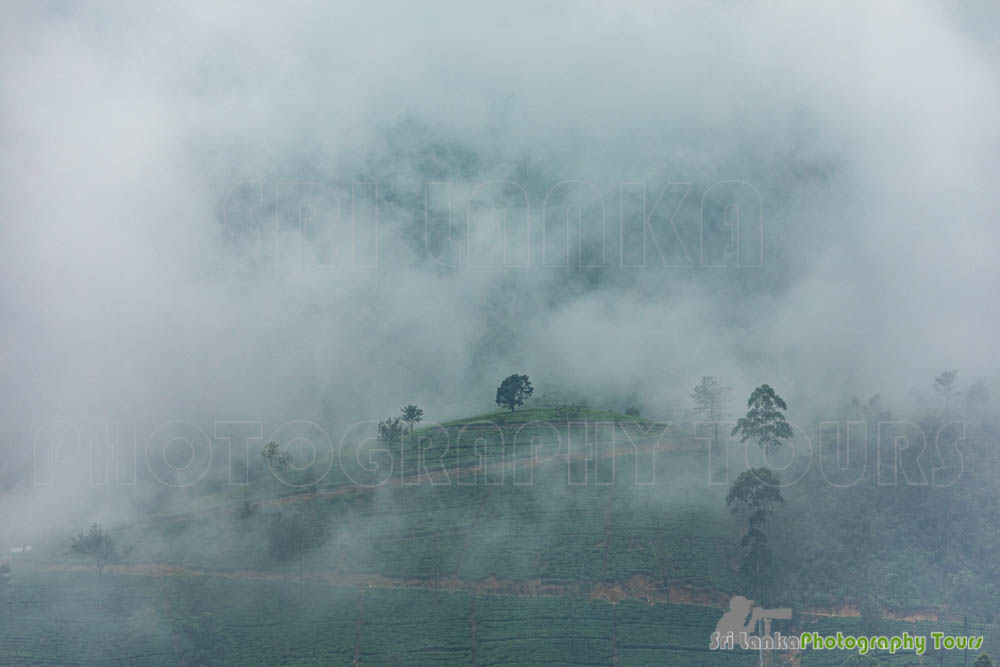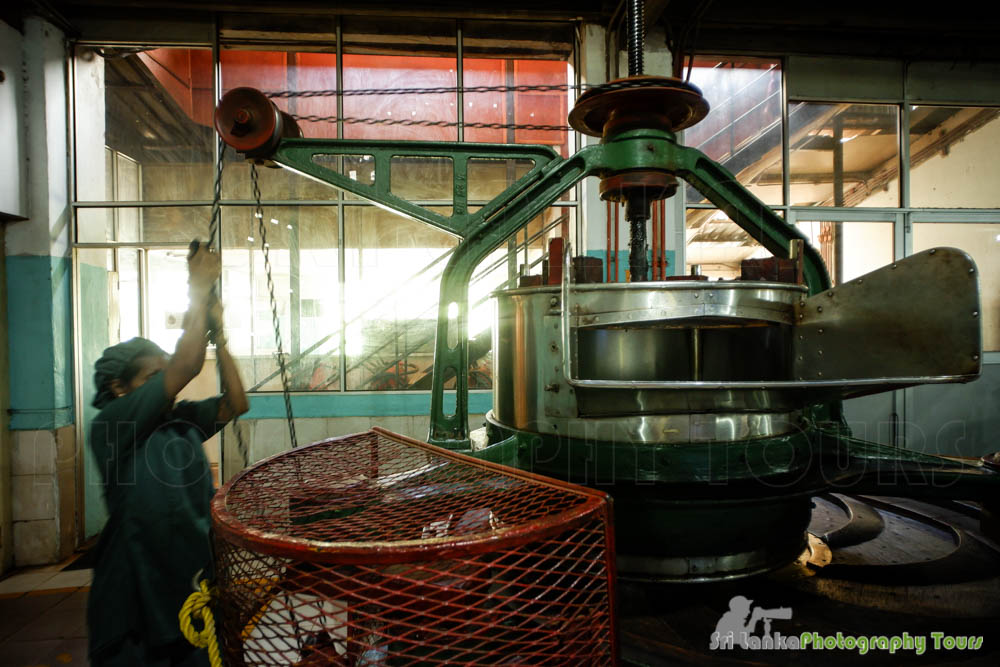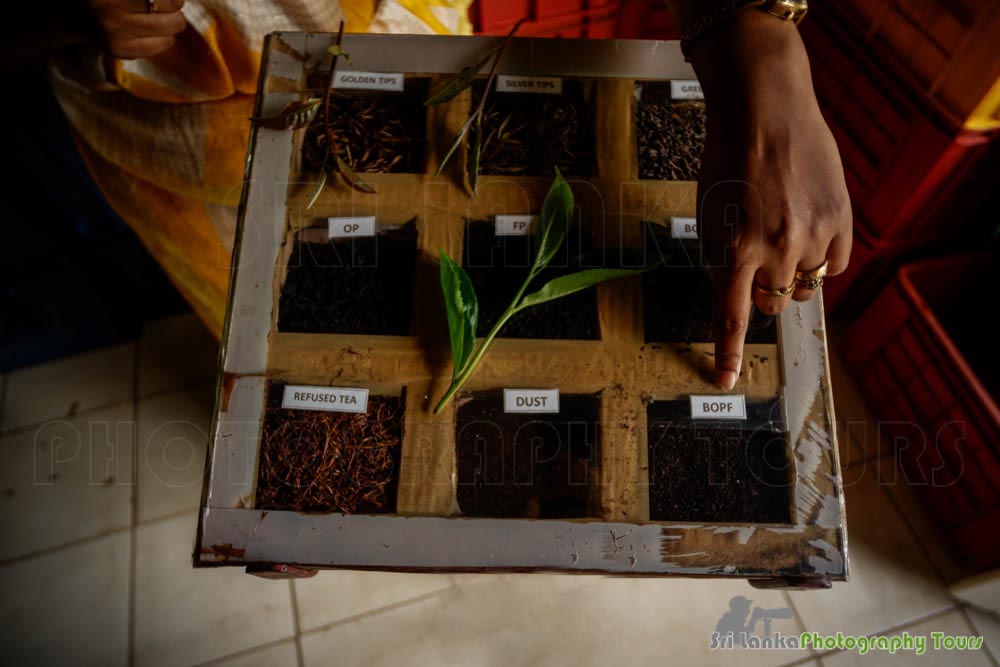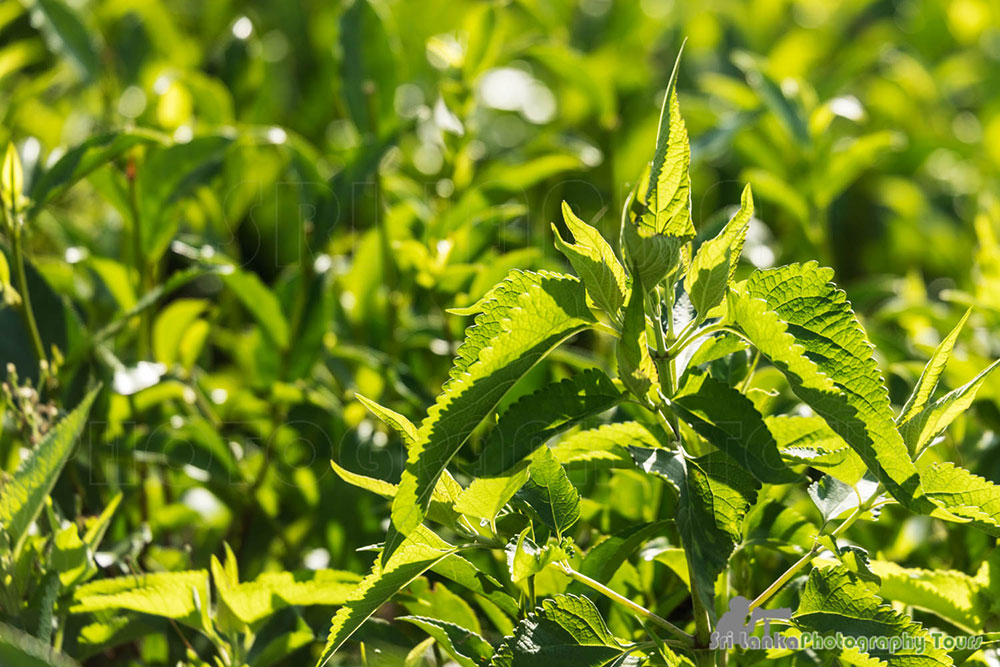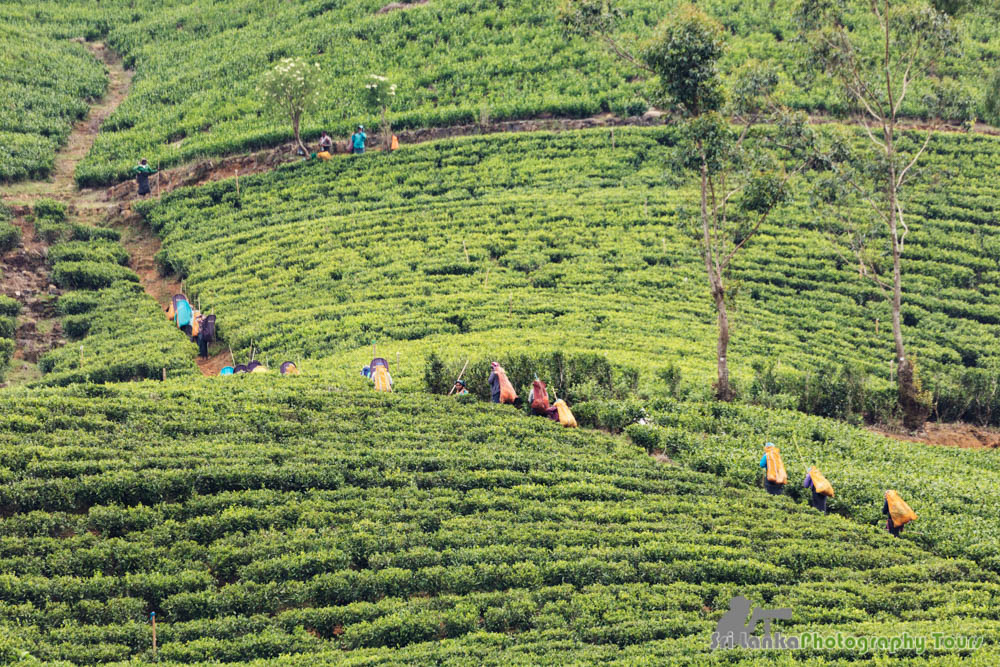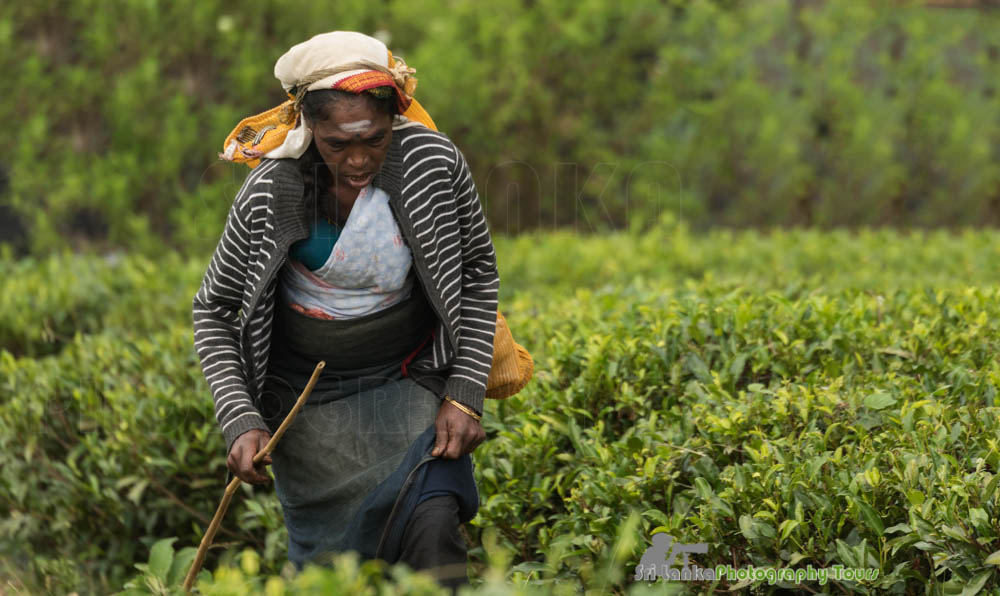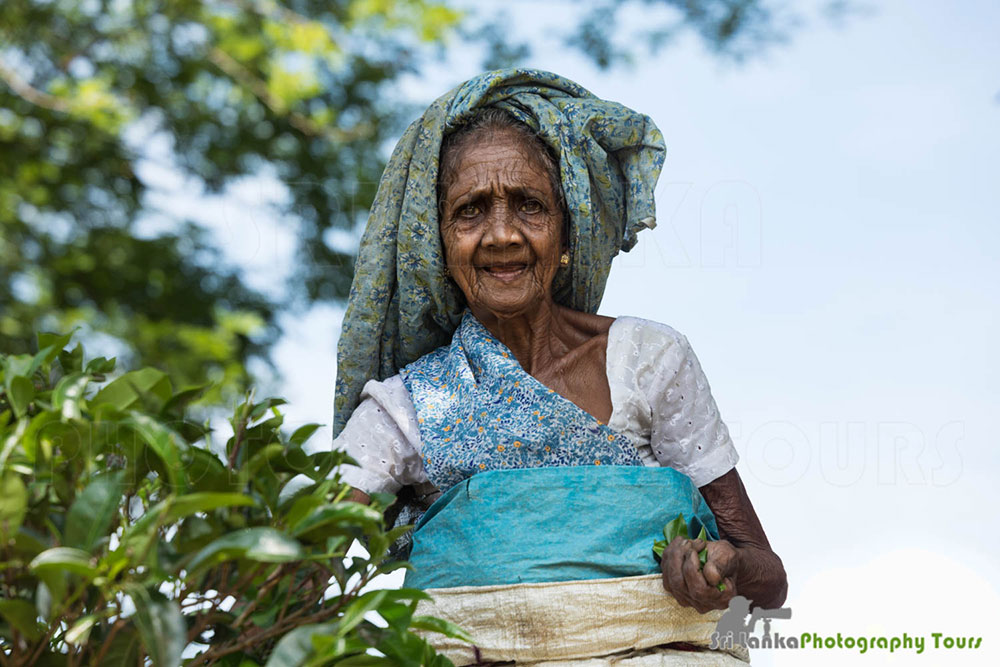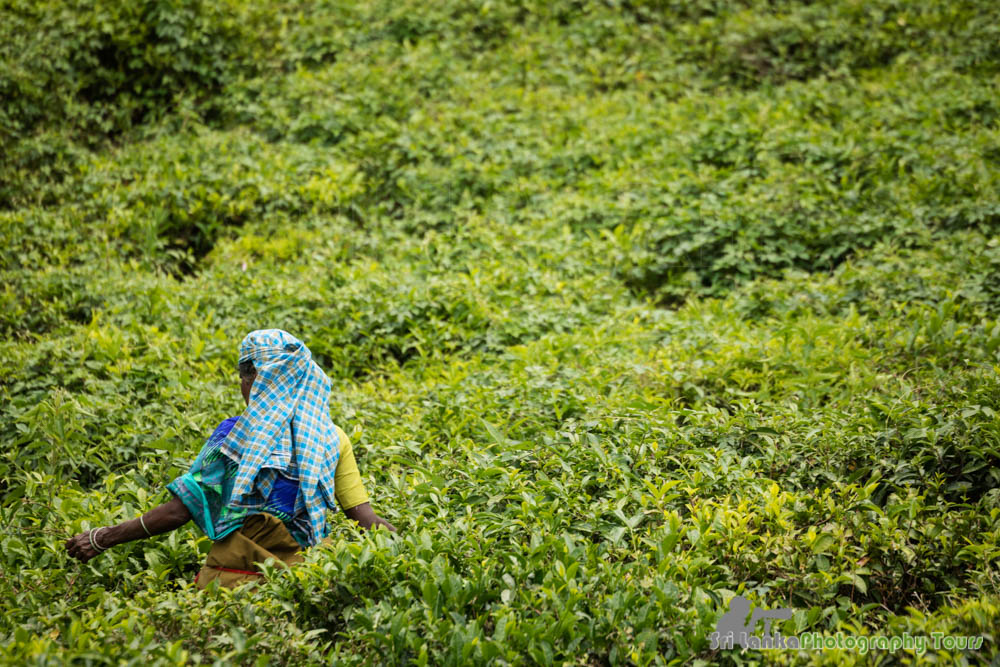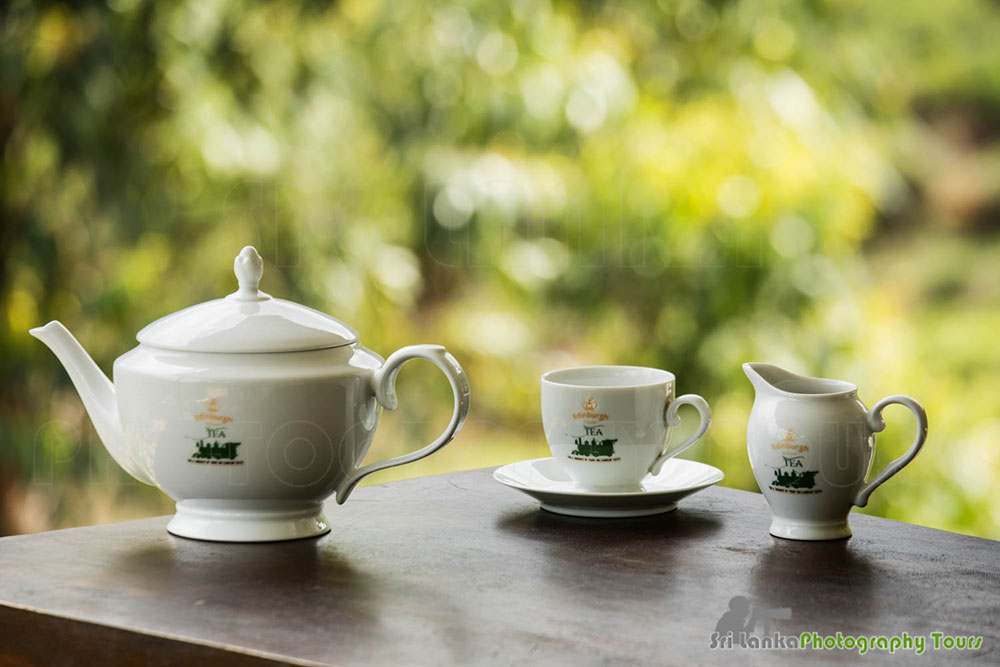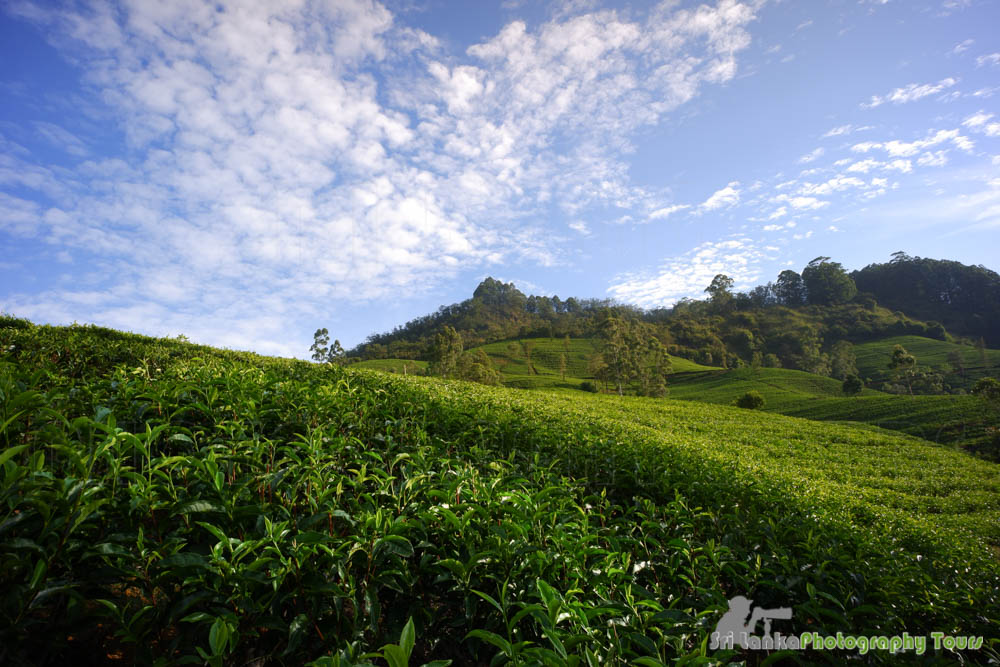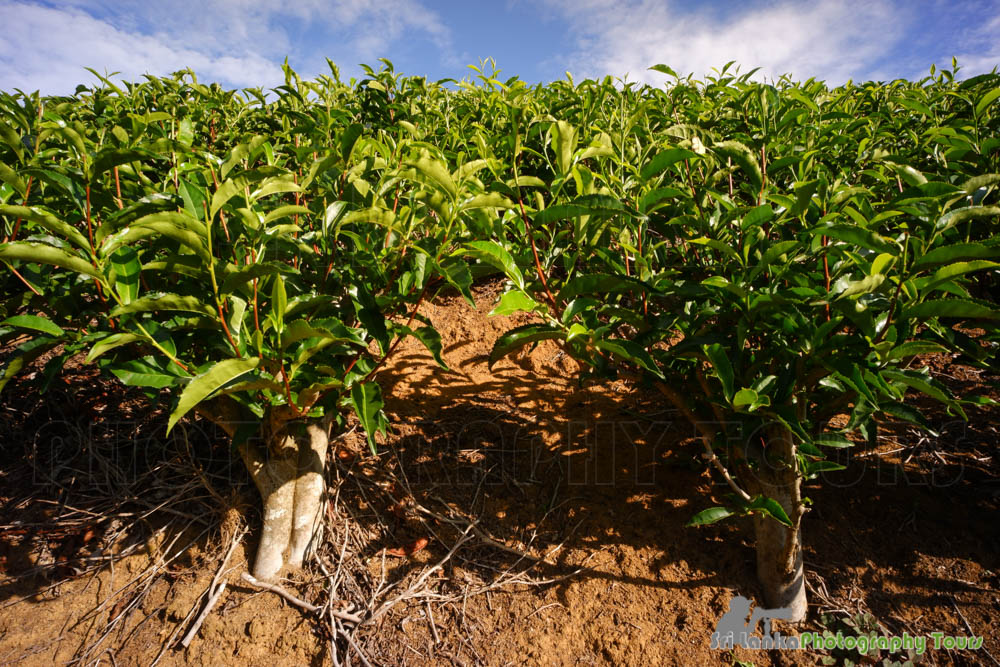Sri Lanka tea plantations: history
The history of tea plantations (Camellia sinensis) in Sri Lanka is quite an interesting one. After cinnamon, coffee was for 200 years was the lucrative crop on the island of Ceylon controlled by the British Empire . In 1869, crops were devastated by a fungi called Hemileia vastatrix and by 1890 nearly all crops were wiped out. After the collapse of the coffee industry, tea estates took over in Sri Lanka.Tea from China was first introduced by British in 1824 but all really started in 1867 when Scotsman James Taylor planted tea bushes in Kandy district and found out that the climate of the central highlands (humidity, cool temperatures, rainfalls) was suitable for the production of high-quality tea. This will become the first commercial tea estate in Ceylon and tea plantations boomed 1880 onward.Plantations were taken over by the government in 1960’s and then got privatized.
Nowadays thousands of tea plantations are operating in Sri Lanka and visiting one or more will one of the highlight of your trip in Sri Lanka.
Tea estate landscape
Highlands Sri Lanka tea plantation in the evening mist
Tea production in Sri Lanka
Inside a tea factory in Sri Lanka
Tea is produced in 14 districts in Sri Lanka (out of 25), covering more than 200,000 hectares of land. Current annual production of tea in Sri Lanka is above 300,000 tons, making Sri Lanka the fourth largest producer of tea in the world after China, India and Kenya. It is worth noting that contrary to China which produces green tea, Sri Lanka produces mainly black tea using the orthodox method. The most intensive labor tasks are of course planting, maintaining and plucking the tea leaves. It is estimated that the tea sector employs more than 1 million people and contribute 0.9 % to the GDP in 2014.
The main planting regions are Nuwara Eliya, Dimbula, Kandy, Uda Pussellawa, Uva Province, Galle, Matara. They can be classified by their altitude: up-country (above 1,200 m) : Nuwara Eliya,Udapussellawa, Uva, Dimbula. Kandy district is considered already as mid-country (between 600 and 1,200 m). Low-country tea estates (below 600 m) such as Sabaragamuwa and Ruhuna. Interestingly, more tea is produced from the lower altitude regions than in the highlands.
Tea grading
Tea (orthodox method) grading
If you visit one of the tea factory, you will notice that the equipment is quite old but than most of the tasks of selecting and processing tea are now done by machines. Tea is graded at the factory in different qualities: BOPF (Broken Orange Pekoe Fannings Tea), mostly used in tea bags, it has bright reddish liquor and a strong taste. OP (Orange Pekoe), made of larger and twisted leaves, it has a lighter taste and golden reddish color.
Golden tips is a rare variety of Ceylon white tea made of tea leaf buds. It is an expensive grade selling at around USD 500 per kilo. Silver tips are also a premium grade of Ceylon tea made from tea leaf buds plucked by hand and dried in the sunlight.
Young tea buds in plantation
Group of tea pluckers climbing the steep tea estate hillsides
Tea plucker climbing a hilly tea estate with her sack
Many of the tea pickers are women and they have the laborious task to carefully choose young tea buds which will be used in the tea processing . It is a physical job as tea bushes are grown on steep hillsides. These area can be dangerous also are prone to landslide and many snakes are live inside. There also quite a lot of work in grooming in the estates to remove by hand the herbs to to avoid the use of pesticides.
Elderly tea plucker in the highlands
Tea worker grooming the tea bushes
Tea estates are part of the iconic landscapes of Sri Lanka and traveling by train between Kandy and Ella give a good idea of the size of their size. They are also an indefinite source of inspiration for photographers. Many companies are proposing tour where you can learn about the cultivation and processing of tea, of course you can taste different teas and by them at the shop.
Ceylon black tea tasting
The future of Ceylon Tea
In the 21st century, tea production in Sri Lanka faces many challenges like changing weather patterns due to El Nino, difficulty to find workforce in the estate and an increasing cost of production. The labor shortage issue is nothing new and has been present since the beginning when British brought Tamil from South India to work in plantations as Sinhalese did not want to work there. Sri Lanka faces a tough competition from Kenya which also produces black tea. However tea from Sri Lanka is of high quality with unique flavors so it should stay a main player in the years to come.
Morning view in the tea estate
Ceylon tea bushes in estate
- Meak Bochea: Celebrating Buddha’s Final Teaching in Siem Reap Cambodia - February 14, 2025
- Angkor Wat Marathon - June 22, 2024
- Timelapse calculator - June 22, 2024
